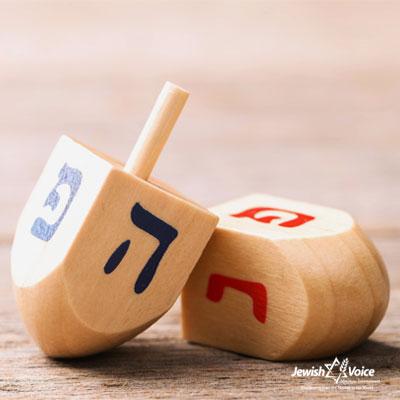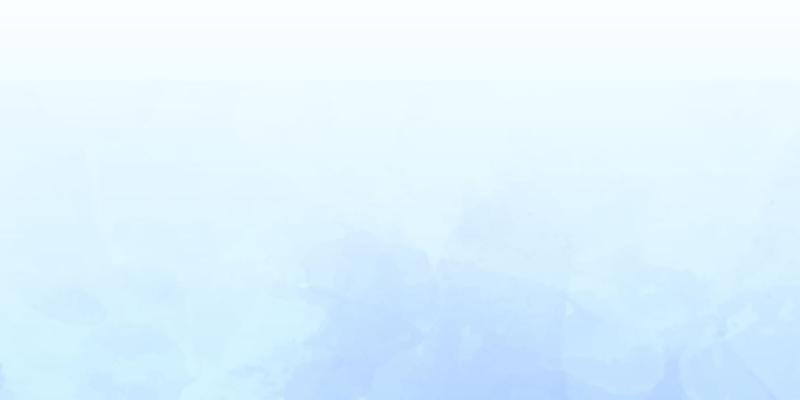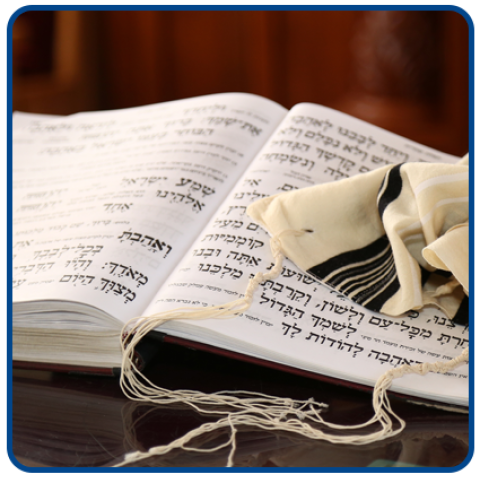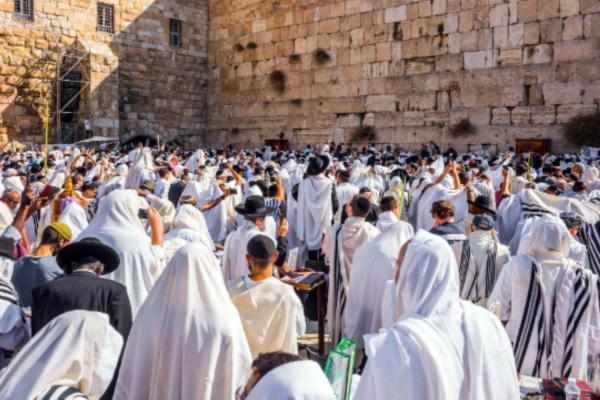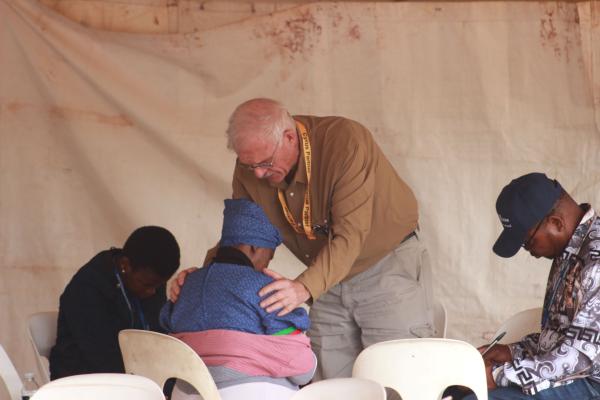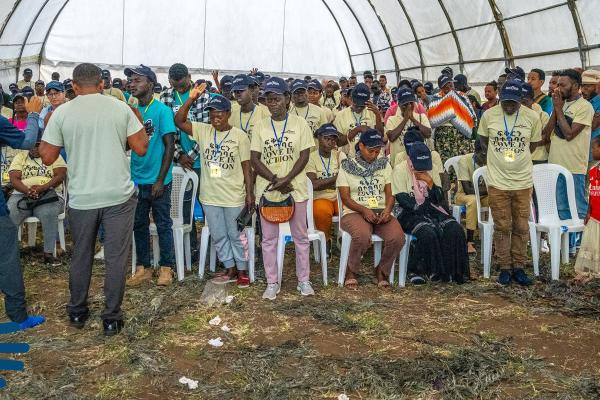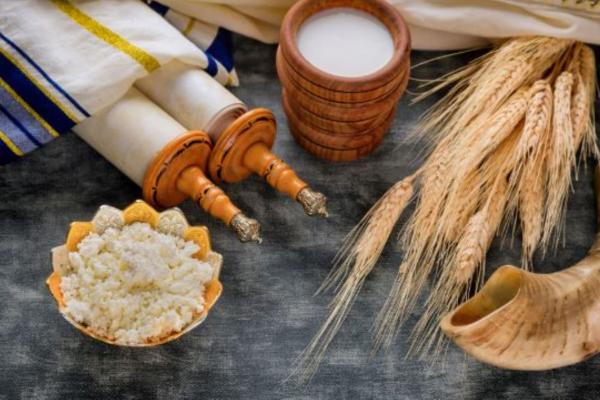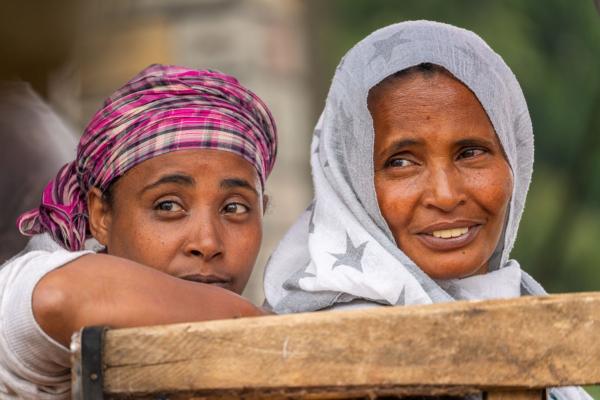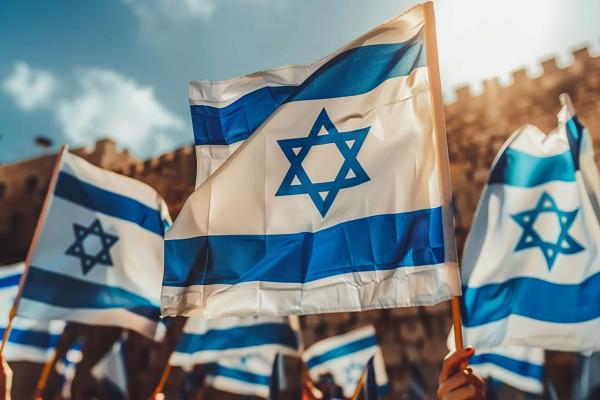Did you know that a Chanukah dreidel in Jerusalem is different than a Chanukah dreidel in other parts of the world? One of the ways Jewish people remember the great miracle of Chanukah is with the dreidel game. The letters on the four sides of the dreidel indicate the rules of the game, but they also represent a saying telling that a great miracle happened in Jerusalem. In Jerusalem, dreidels have the letters Nun, Gimmel, Heh, and Peh standing for the words Nes gadol hayah po, “A great miracle happened here.” Outside Jerusalem, the letter Peh is replaced with the letter Shin representing the word sham, and meaning “there” – “A great miracle happened there.”
What is the miracle that Chanukah celebrates?
In the second century B.C.E., Antiochus IV severely persecuted the Israelites. His efforts to assimilate Jewish culture into his own reign developed into full-scale persecution with forced idol worship and violent consequences for those who refused. Antiochus taunted the Jews by taking over the Temple, forbidding Jewish worship, and sacrificing a pig on the altar.
A small group of faithful Jews, known as the Maccabeans, refused to worship other gods. They revolted, and God was with them. They were greatly outnumbered, but God brought the victory for them. They took back the Temple of the one true God and wanted to rededicate it to Him as quickly as possible. They could only find one day’s worth of undefiled oil to burn in the Temple’s lampstand, and it took eight days to make and consecrate new oil. They lit the lamp and rededicated the Temple to God.
The small amount of oil burned the full eight days until more could be made. It was a great miracle. God provided light for the Temple, sealed the victory, and provided for His people.
Chanukah is an eight-day celebration commemorating the miracle of the oil. It is also called the Festival of Light and the Festival of Dedication. Jewish people celebrate Chanukah today by lighting the Chanukah candles. On the first night, a Servant Candle is lit and used to light the first Chanukah candle. Each successive night one more candle is lit until on the eighth night, all eight are burning brightly. A custom added later is giving gifts of increasing value as each of the Chanukah nights progress. Fatty foods represent the oil of long ago; chocolate coins are plentiful, and people enjoy playing dreidel games.
For Messianic Jews, Chanukah carries meaning in addition to the miracle of light God performed back in the days of the Maccabean Revolt. We recognize Yeshua who is the Light of the World. As the Chanukah lampstand (known as a chanukiah) grows brighter with each successive night of the holiday, and gifts grow in value, so does our appreciation of the miracle God gave to us in Yeshua. Yeshua takes away our sin making the way for us to come into fellowship with our Holy God. Yeshua conquered death when He rose from the grave, and His victory became ours as He grants eternal life to all who believe in Him.
Chanukah - The Festival of Lights – is the perfect time to celebrate the Light of the World. It is a most fitting time to rededicate our lives to Yeshua who gives us abundant and eternal life. He has done miracles in our hearts. It is with gratitude that we light the Chanukah candles and give praise to Yeshua who is our miracle, our provision, our light, and our life.
Follow our daily Chanukah devotionals on the Jewish Voice Blog. Each night as you light your Chanukah candles, you can follow along with traditional Messianic Jewish Chanukah blessings plus devotions and Scriptures tying the ancient Jewish holiday to your faith in Yeshua Messiah.



